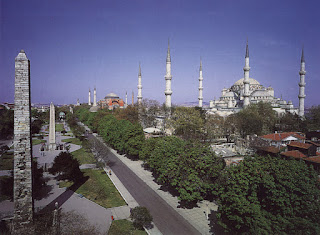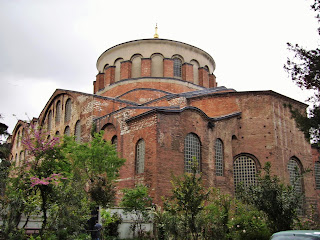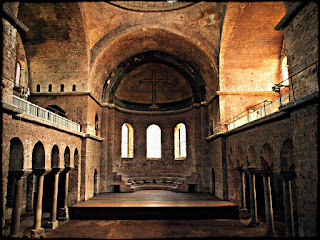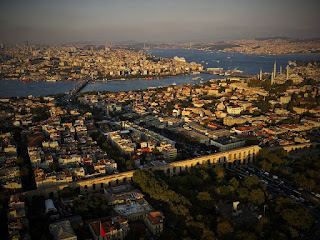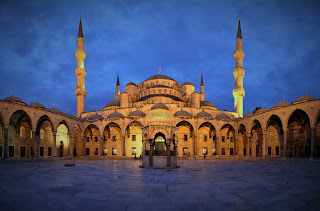Istanbul Stopover Tours:
The Istanbul Ataturk airport is the hub of many airlines, located roughly 13 miles from Istanbul old city centre which makes the city an accessible destination for on a long layover.
Istanbul layover Tour; we are aware of how important your time is while on transit. Whether you only have a few hours in between journeys or that you just want the safety and comfort of a Private Istanbul Tour after a flight. Whilst in transit, turn your Istanbul airport layover into exciting mini-vacation. Outside working hour services are also available for late arrivals.
With our meet and greet service, the tour begins from the moment you arrive in Istanbul. You will be welcomed at Istanbul Ataturk airport IST by a Private Istanbul Walking Tours representative carrying a sign that bears your name on it before driven to the city center for the tour. Following the tour, you can be drop off at a central Istanbul hotel or at the IST airport. Pick up is available directly from Istanbul airport arrival terminal and return to your departure terminal at the end of the tour. Allow approx. 45 minutes to clear customs to begin your tour. Check in for international flights is at least two hours and for domestic flights one hour before your scheduled departure time.
Passengers on layovers will normally have their luggage forwarded to their final destination by their airline, if you will have your luggage with you, you can bring them to the tour vehicle as well.
You may book one of our Private Istanbul Stopover Tours to explore Istanbul. For more information regarding to private tours in Istanbul please contact us:
http://www.privateistanbulwalkingtours.com
🇹🇷 🇹🇷
@privateistanbulwalkingtours
http://www.privateistanbulwalkingtours.com
http://www.turkey-istanbultours.com
#privateistanbulwalkingtours
#ontripadvisor
#turkeyistanbultours
private tours in Istanbul, private Istanbul tours, Istanbul tours, private Istanbul walking tours, food tours in Istanbul, private Istanbul guided tours, Walking tours in Istanbul. #Istanbul walks.#meyhane#istanbul#hagiasophia#topkapipalace #bluemosque
http://www.privateistanbulwalkingtours.com
http://www.turkey-istanbultours.com
Review us on TripAdvisor: https://www.tripadvisor.com/Attraction_Review-g293974-d10212401-Reviews-Private_Istanbul_Walking_Tours-Istanbul.html
Private Istanbul tours, Private tours in Istanbul, Istanbul tours, private Istanbul guided tours, Istanbul walks, Istanbul stopover tours, Istanbul layover tours, food walks, culinary tours, Istanbul tour, walking tours in Istanbul, food tours in Istanbul, Ephesus Tours, Cappadocia tours, Gallipoli tours, Turkey tours and TripAdvisor Istanbul tours.
http://www.privateistanbulwalkingtours.com
